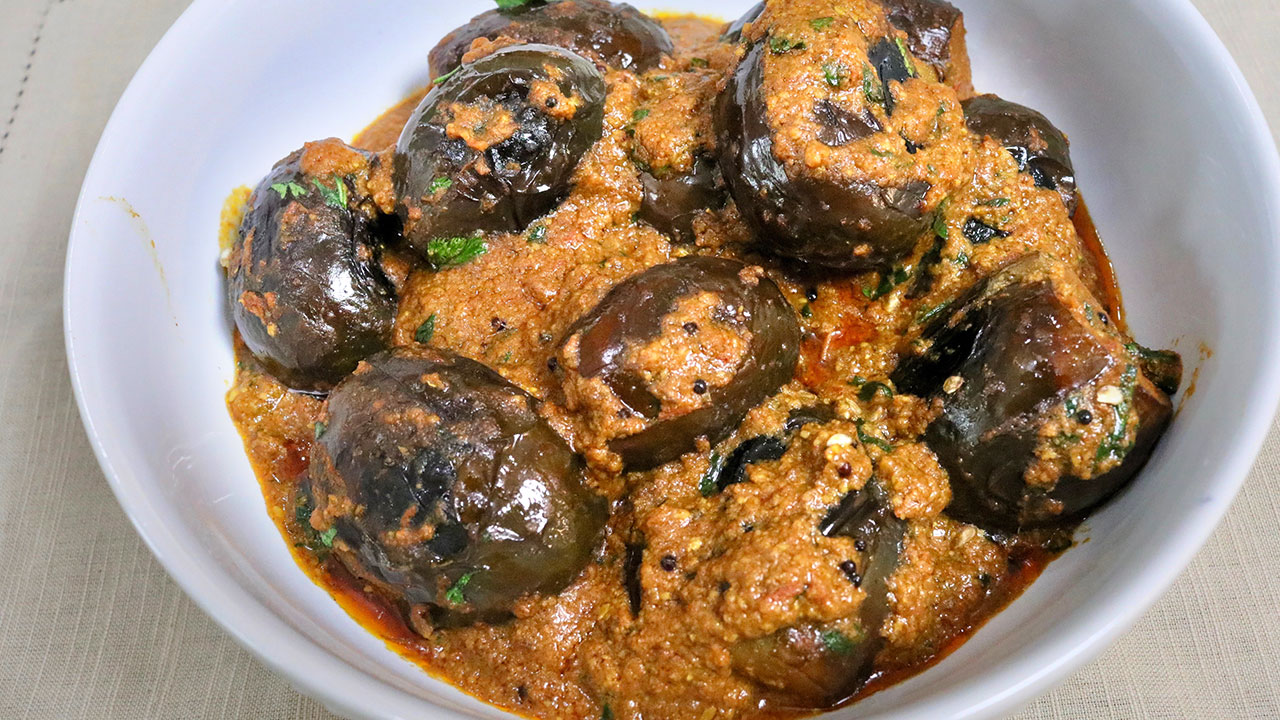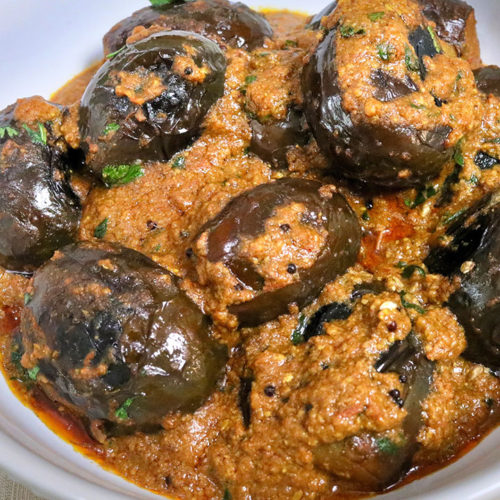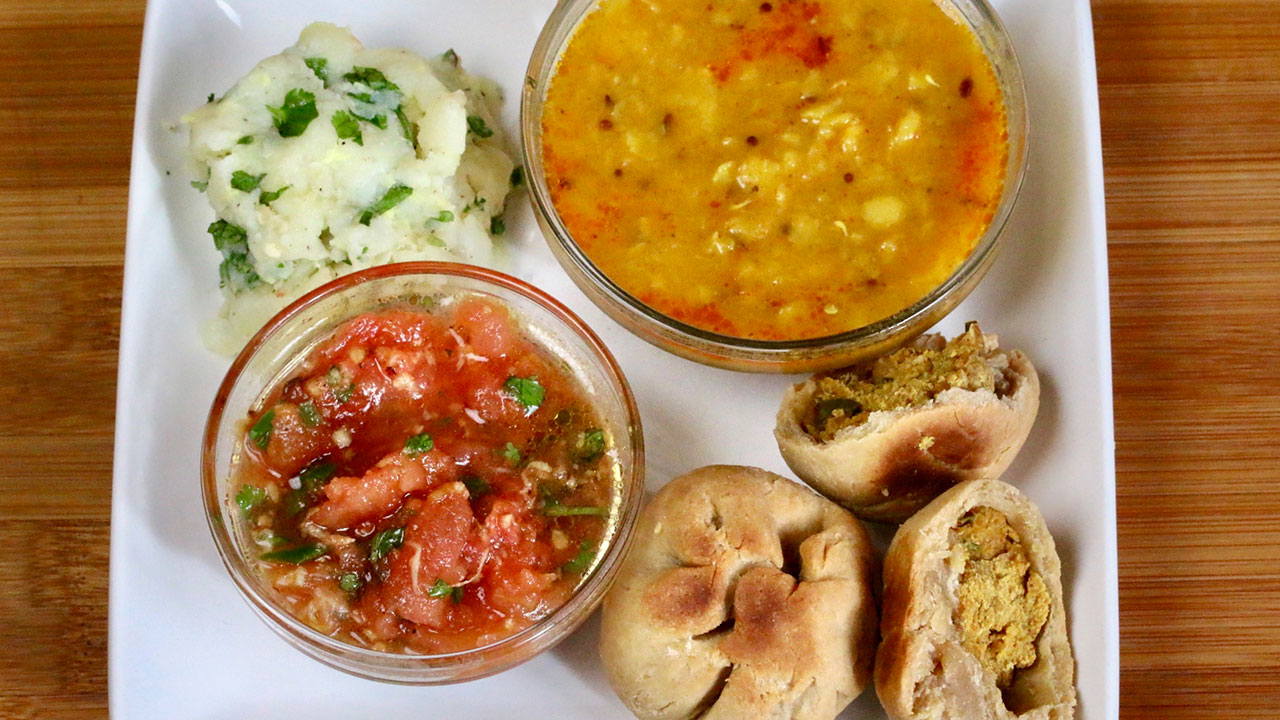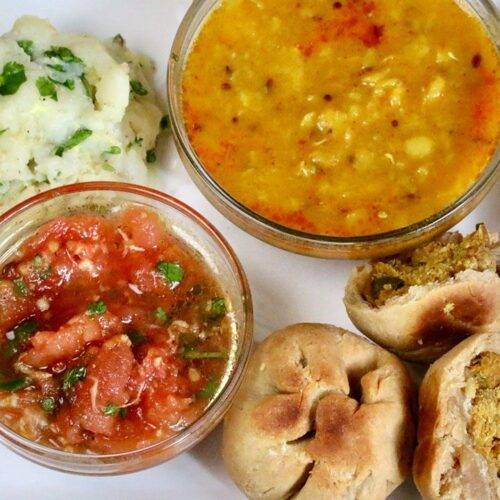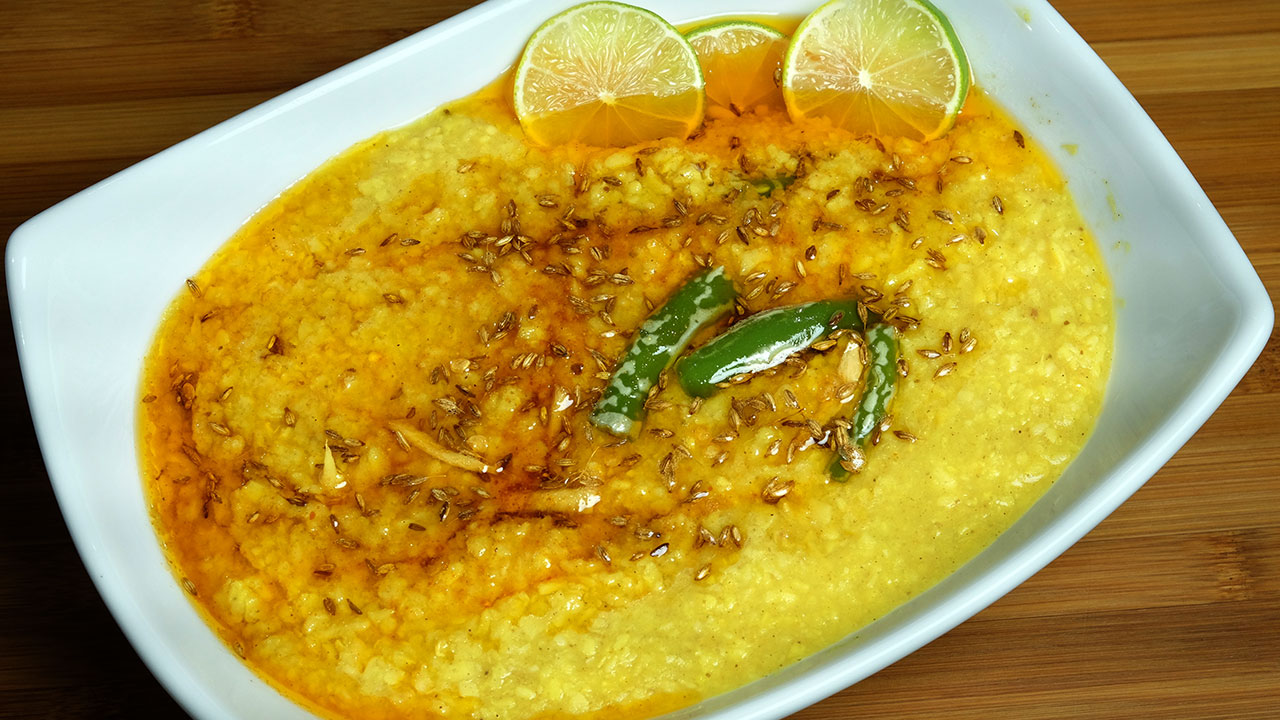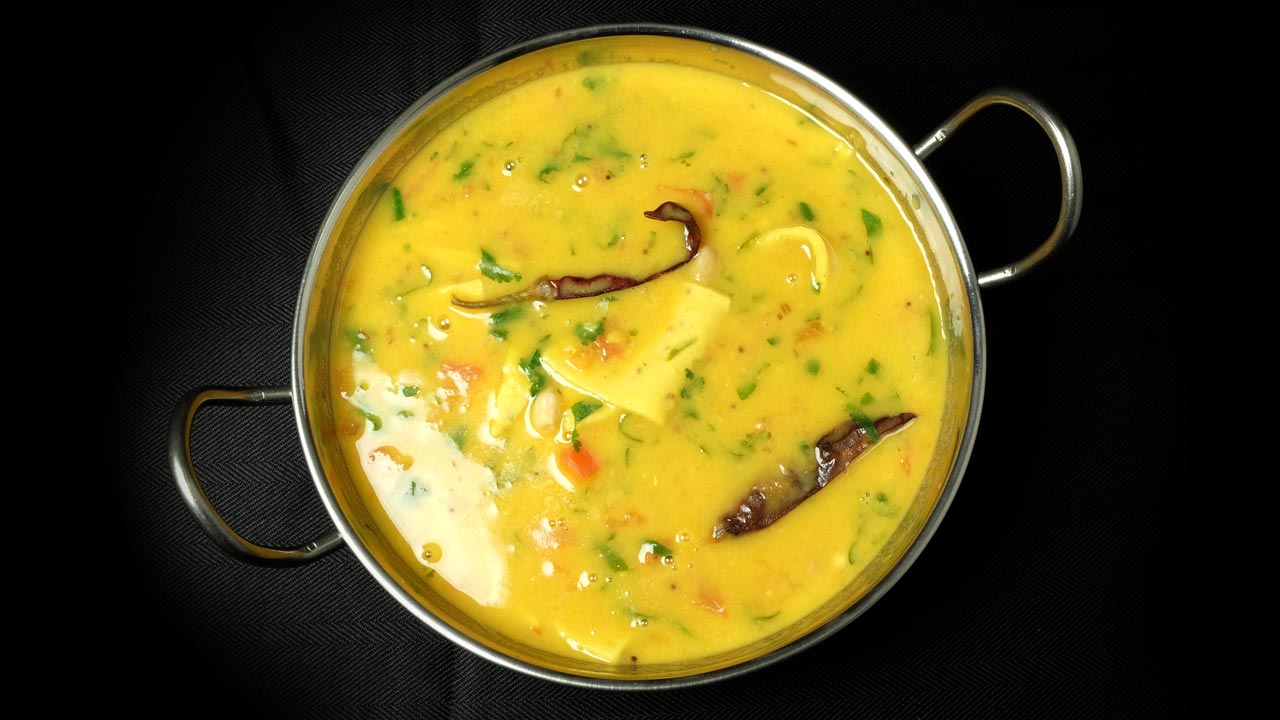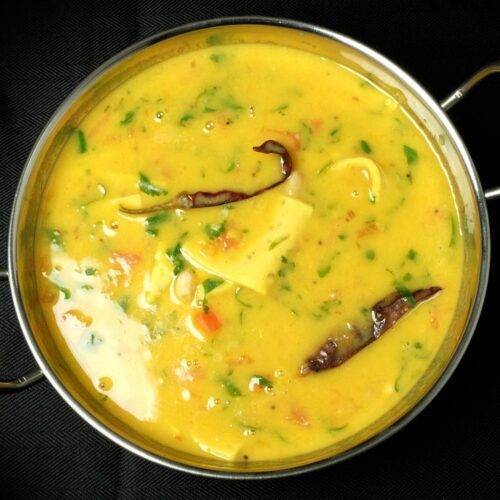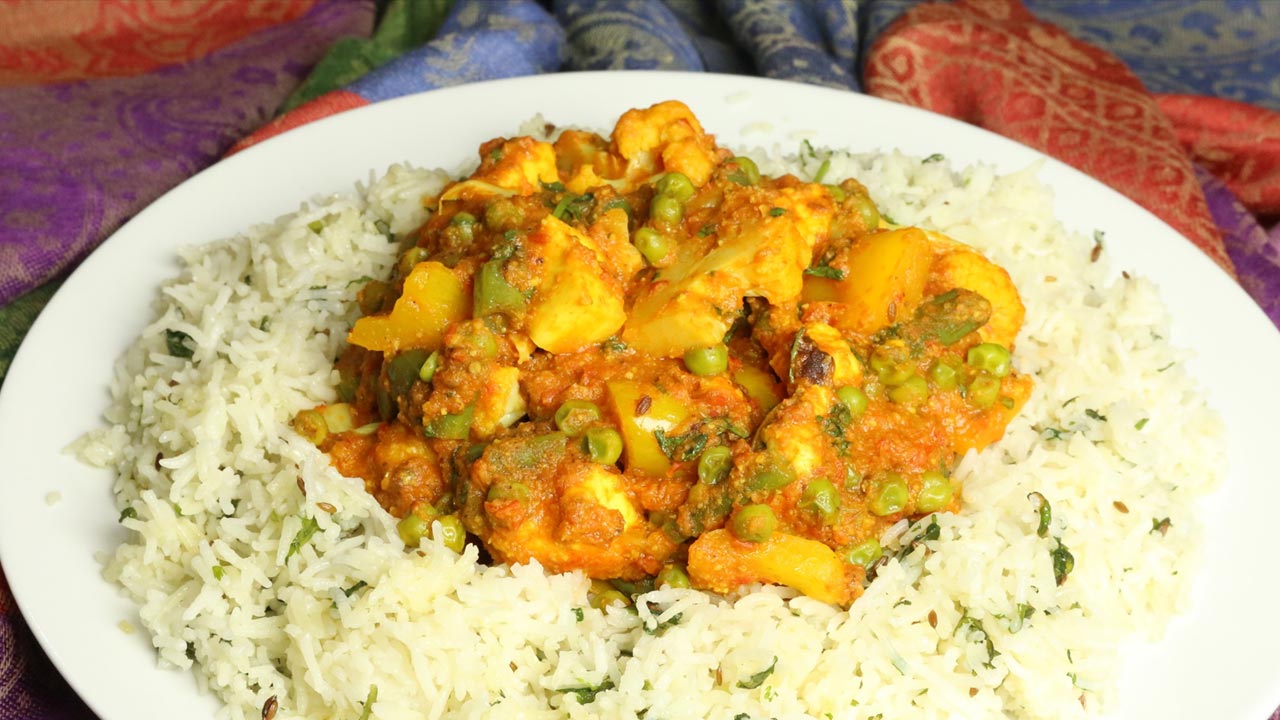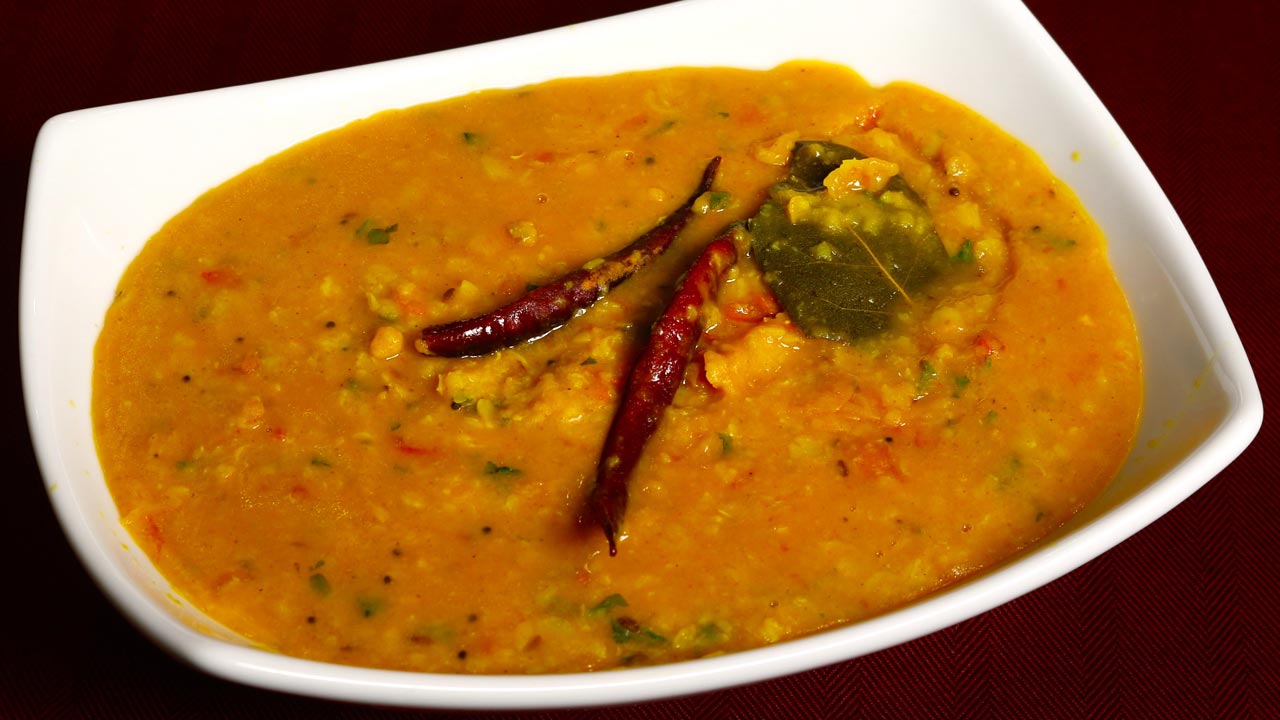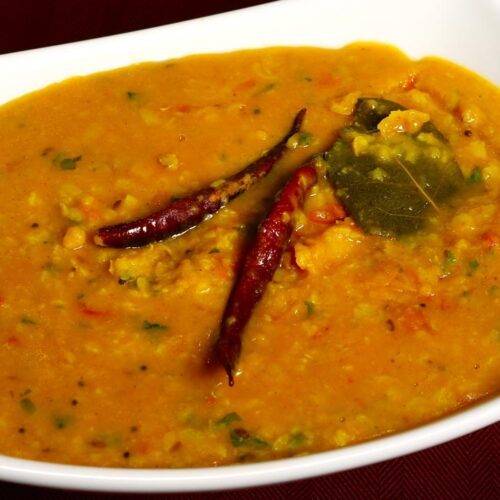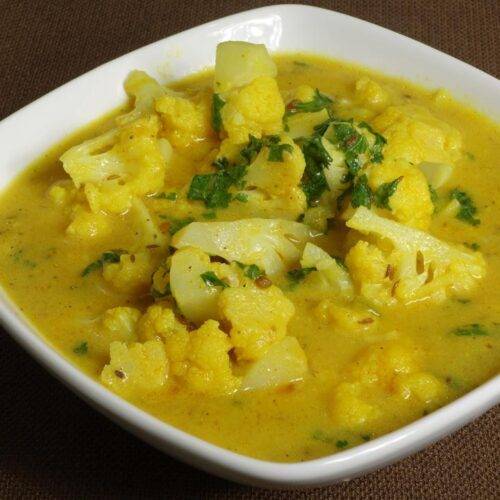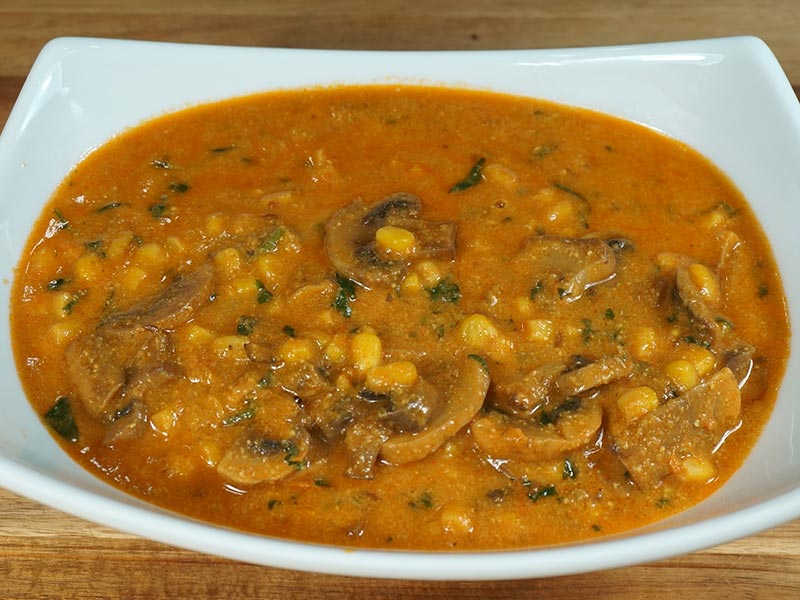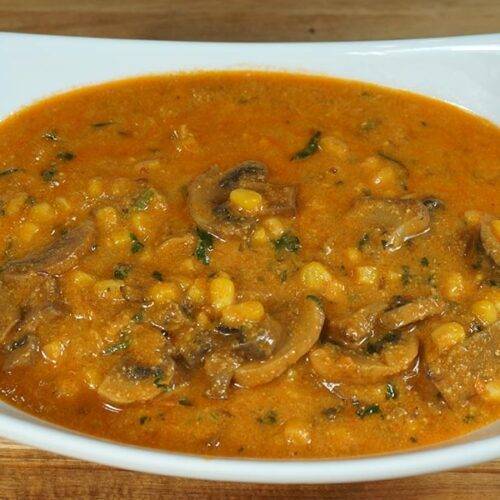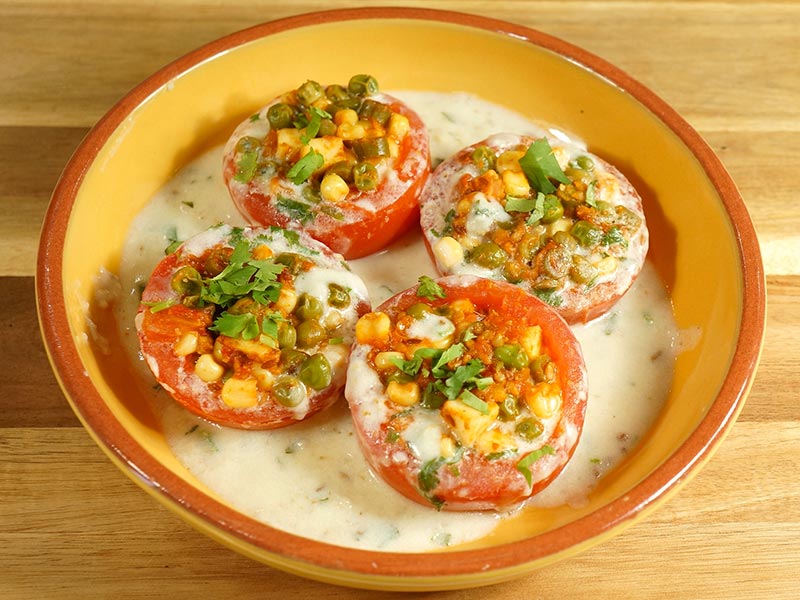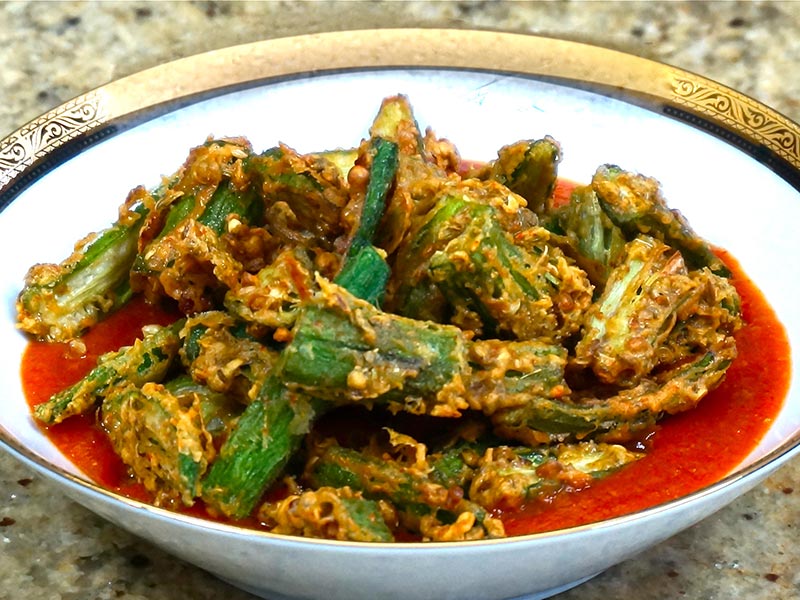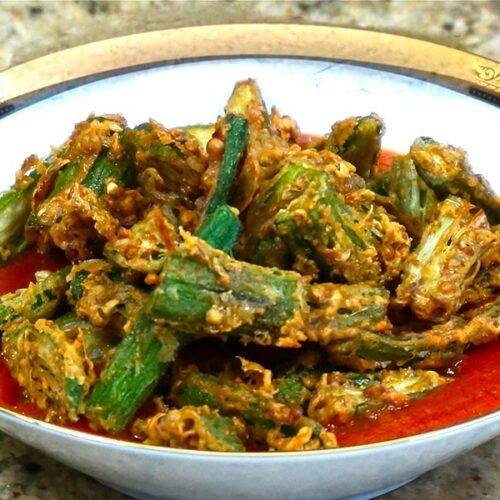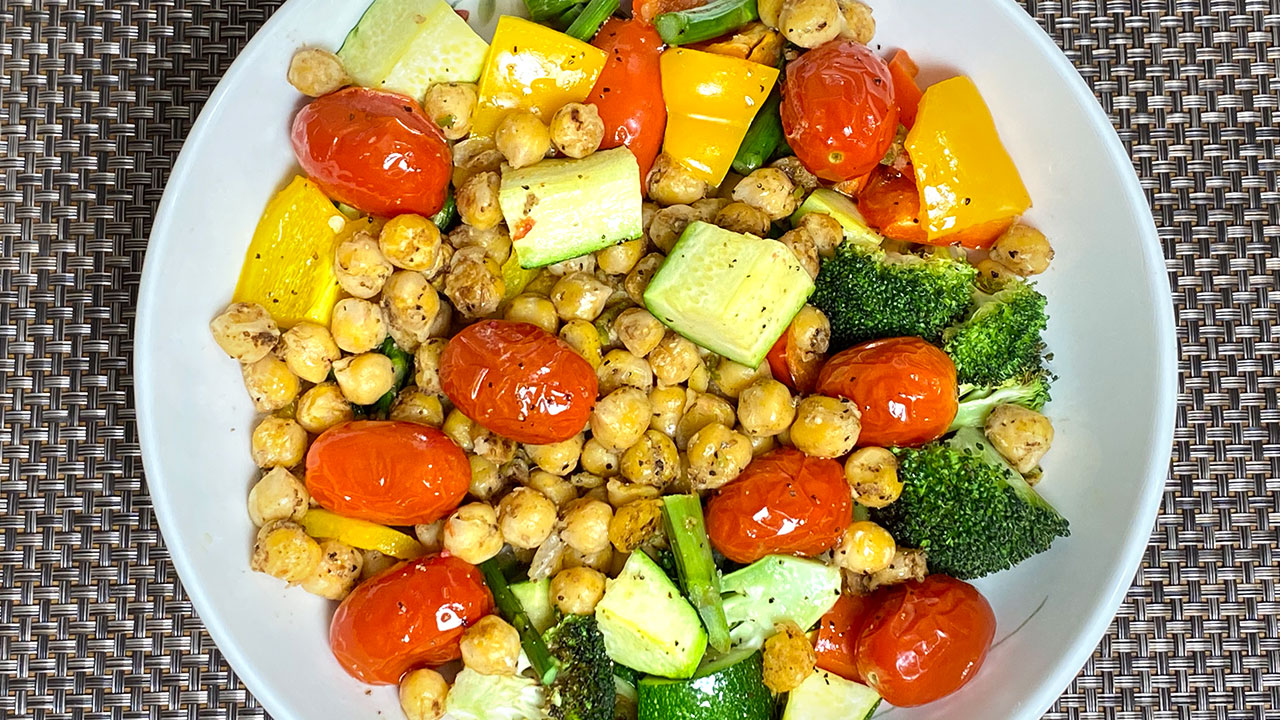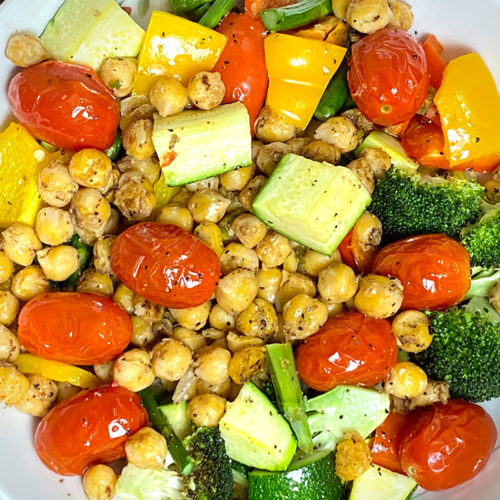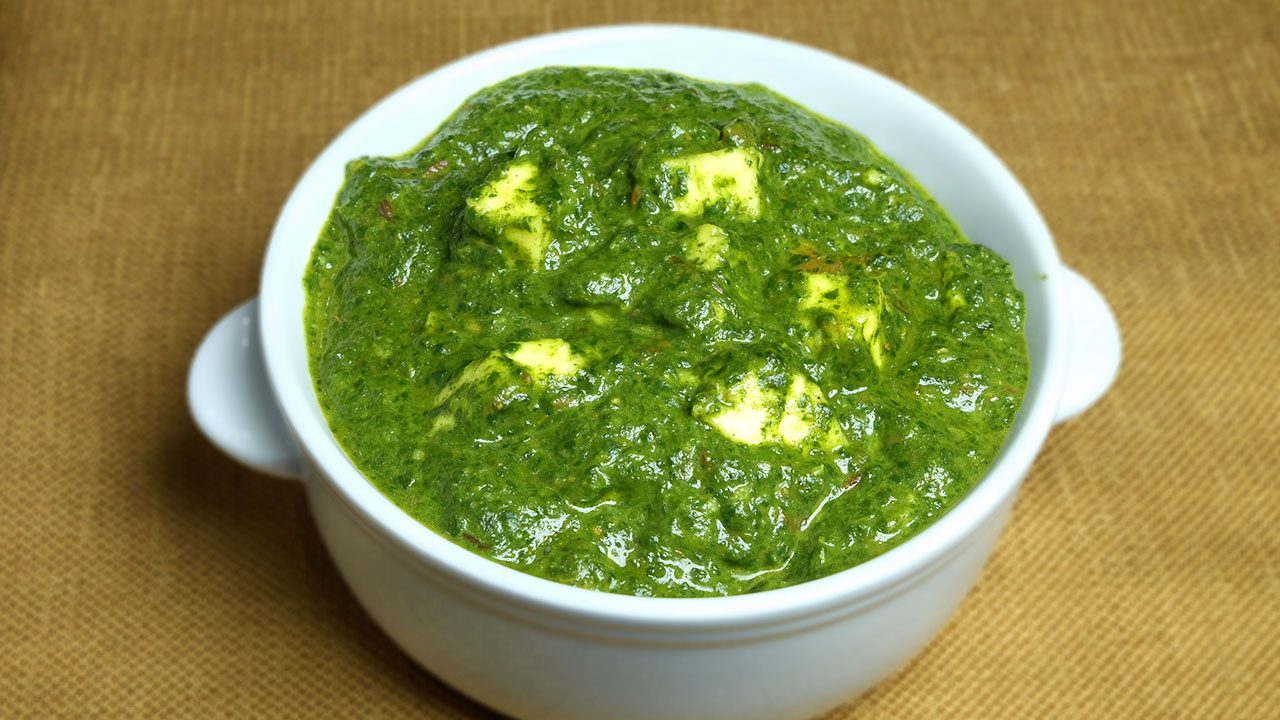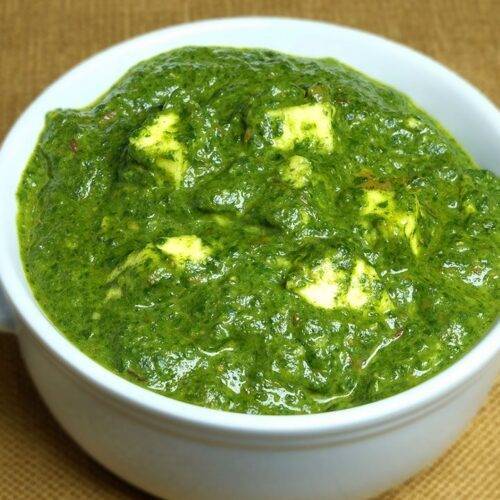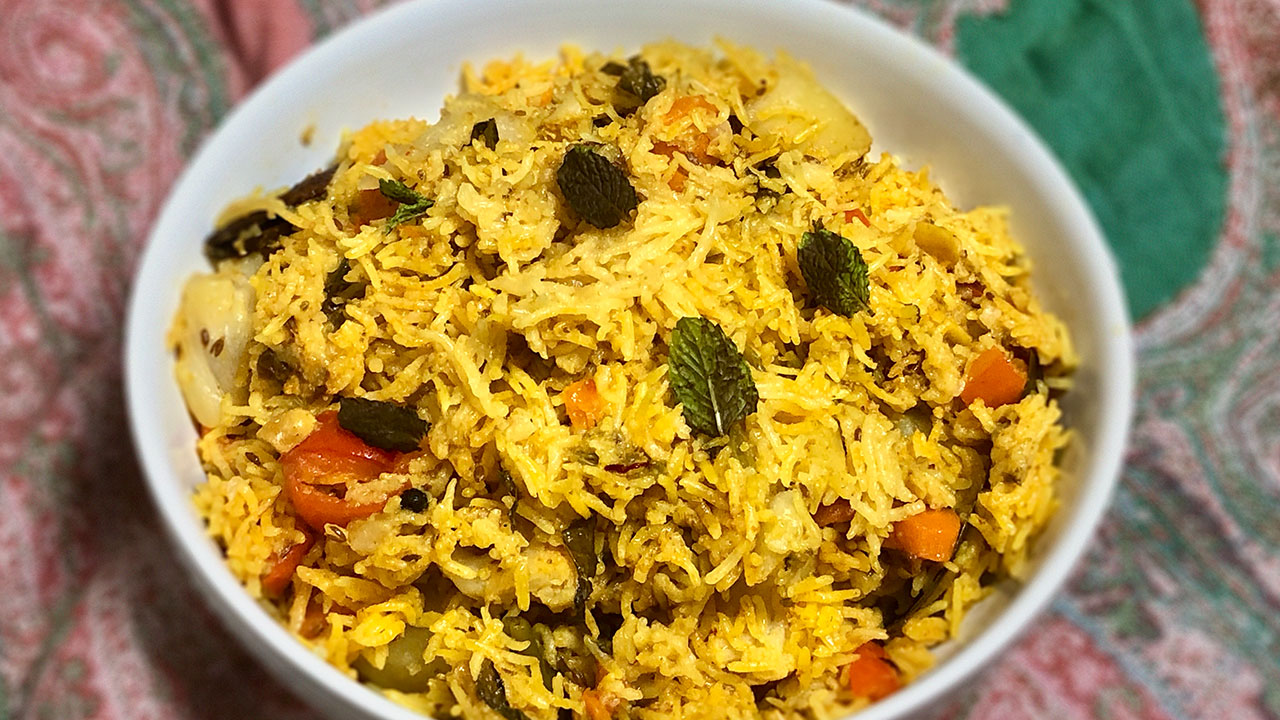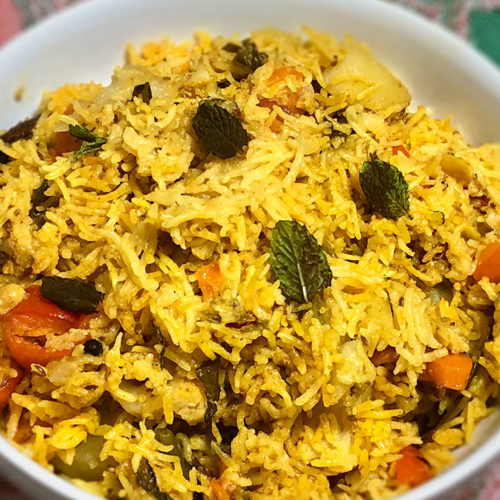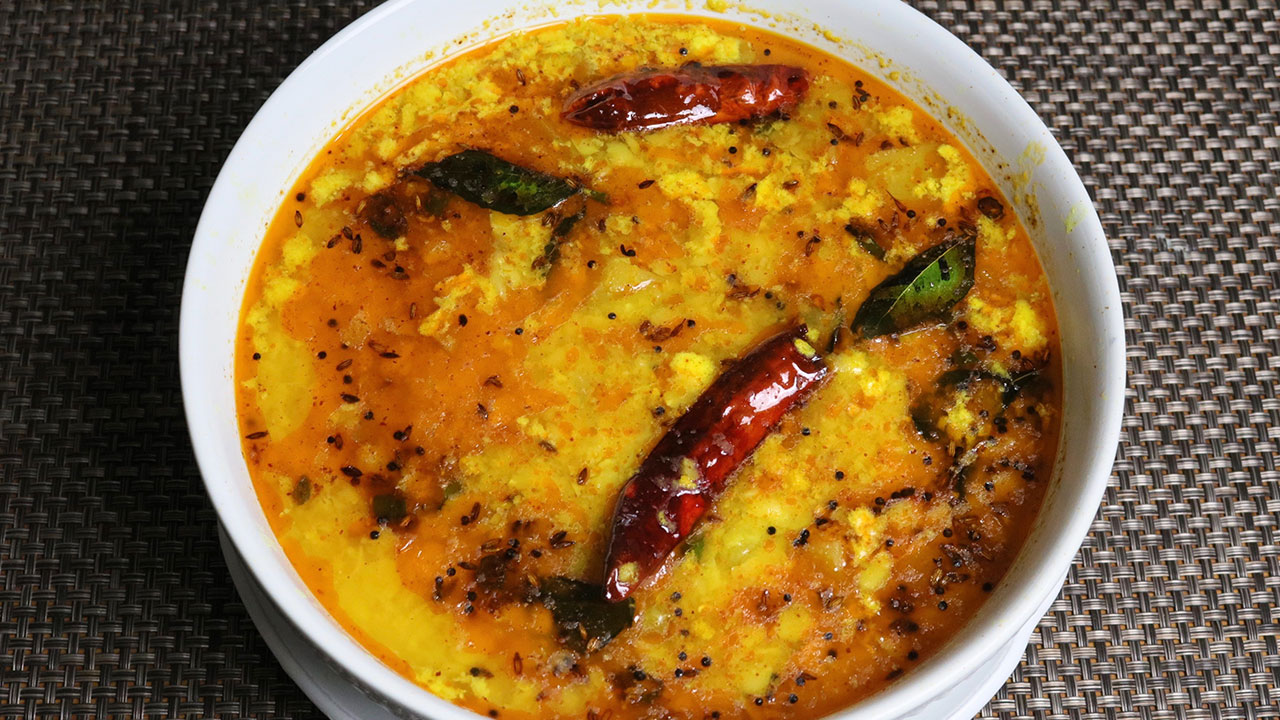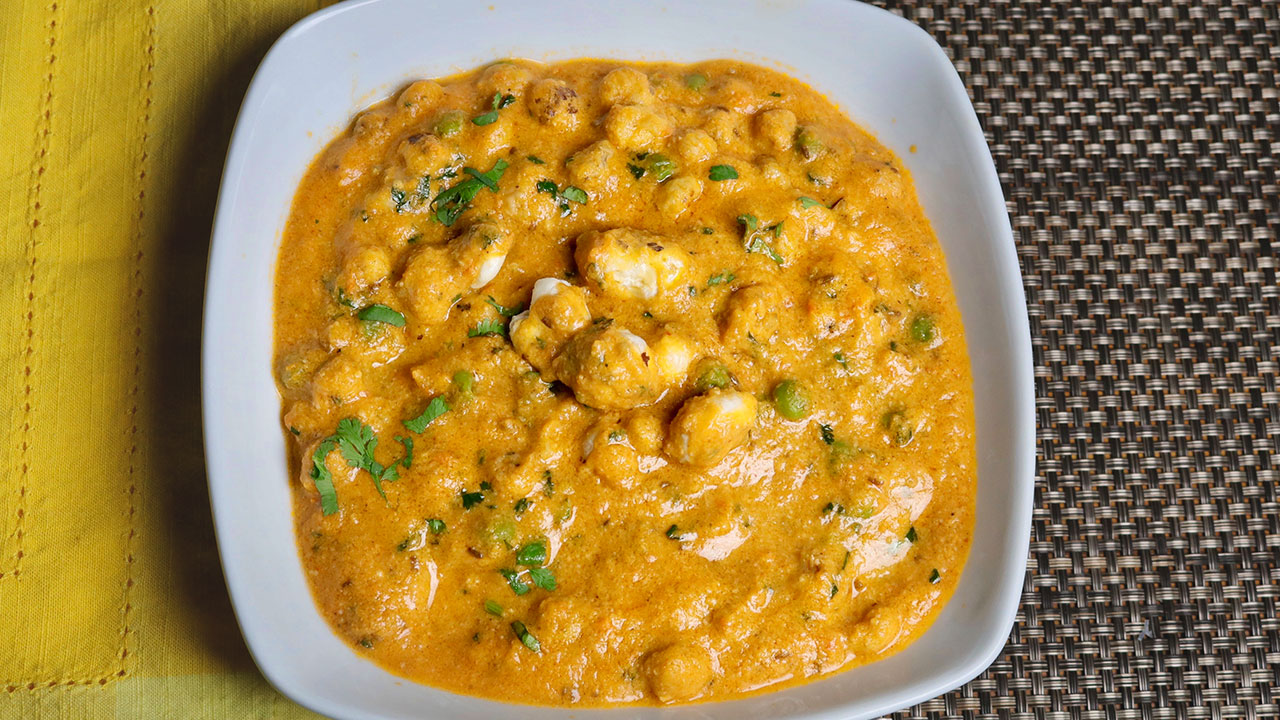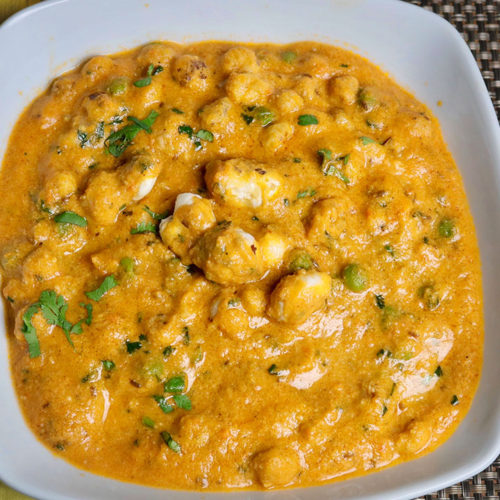Hyderabadi Bagara Baingan
Ingredients
- 12 small Indian Eggplant if they are not available, use Japanese eggplant and slice them in long 8 long pieces
- 2 Tbsp oil to stir fry the eggplants
For Spice Mix
- 1 tsp cumin seeds jeera
- 1/4 tsp fenugreek seeds mathi
- 1 Tbsp coriander seeds sabut dhania
- 10 cashews crushed kaju
- 1 Tbsp sesame seeds til
- 2 Tbsp coconut powder gola
For Gravy
- 2 Tbsp oil
- 1/2 tsp black mustard seeds rai
- 1/8 tsp asafetida hing
- 1/2 tsp turmeric haldi
- 1 tsp red chili powder
- 1 tsp sugar
- 1-1/2 tsp salt
- 1 Tbsp tamarind paste
- 2 tomatoes cut them in small pieces will make 1-1/2 cup puree
- 1 tsp chopped ginger
- 2 Tbsp chopped cilantro for garnish
Instructions
- Make a slit into eggplants, but not cutting them into half. If you are using Japanese eggplant slice them in 8 long pieces.
- Heat the oil in flat frying pan over low medium heat and stir-fry eggplant rotating occasionally till they are tender not mushy. Set them aside.
- For the spice mix take all the ingredients, cumin seeds, fenugreek seeds, coriander seeds, cashews, sesame seeds, and coconut powder, and grind them in fine powder. Set it aside.
- Blend tomatoes and ginger together to make into fine puree. Set it aside.
- Heat the flat frying pan over low medium heat, I am using the same pan I stir fry the eggplants. When the oil is moderately hot add the mustard seeds as they crack turn off the heat. Add all the spices asafetida, turmeric, red chili powder and dry spice mix stir for about 2 minutes, all the spices should be roasted.
- Add tomato puree, sugar, salt, and about 1 tablespoon of tamarind paste. Stir fry the gravy until the mix becomes a little thick and start leaving the oil from the sides. Add 1/2 cup of water and bring it to a boil.
- Add the eggplant spreading in the frying pan, stir gently cover the pan lower the heat to low and let it simmer for about 7-8 minutes stirring occasionally.
- Eggplant should be soft and tender not mushy and coated well with the spices. Adjust the gravy thickness to your choice. Add the cilantro stir gently.
Bagara Baingan | Bagara Baingan Hyderabadi Recipe | Manjula’s Kitchen
Indulge in the rich flavors of Hyderabadi Vegetables Curry cuisine with this authentic Hyderabadi Bagara Baingan recipe. A Gluten free and vegan delight with rich flavours offering spicy tantalizing savoury in every bite. Begin by making a careful slit into the eggplants, ensuring not to cut them in half. If you opt for Japanese eggplants, slice them into 8 long pieces for an elegant presentation, enhancing the visual appeal of this Hyderabadi baingan dish.
In the initial steps of crafting the Hyderabadi Bagara Baingan, take a flat frying pan and heat oil over a gentle low-medium flame. This crucial stage sets the foundation for the distinctive flavors of the bagara baingan recipe, ensuring a perfect balance of aromas.
As the oil warms embark on the preparation of the eggplants, a key element in the Hyderabadi baingan recipe. Stir-fry the eggplants with precision, delicately rotating them occasionally to evenly expose each side to the heat. The goal is to achieve the ideal tenderness without allowing them to become mushy, preserving the integrity of the eggplants in the bagara baingan.
The careful execution of this step is vital to the success of the Hyderabadi bagara baingan recipe, as it lays the groundwork for the subsequent infusion of flavors. Once the eggplants have reached the desired level of tenderness, take a moment to appreciate the beautifully cooked result. Set aside these meticulously prepared eggplants, ready to absorb the forthcoming aromatic spices that define the distinctive taste of the Hyderabadi bagara baingan.
This meticulous stir-frying process not only ensures the perfect texture of the eggplants but also sets the stage for the symphony of flavors that will unfold in the later stages of the bagara baingan Hyderabadi preparation. As you proceed with the hyderabadi baingan recipe, the memory of these beautifully cooked eggplants will linger, enhancing the overall culinary experience of savoring this Hyderabadi classic.
Now, let’s prepare the spice mix that will elevate the Bagara Baingan Hyderabadi to new heights. Gather cumin seeds, fenugreek seeds, coriander seeds, cashews, sesame seeds, and coconut powder. Grind them into a fine powder, creating a fragrant and flavorful blend. This spice mix will play a crucial role in the distinctive taste of this Hyderabadi delicacy.
Moving on, blend tomatoes and ginger into a fine puree, setting it aside for later use. In the same flat frying pan used for stir-frying eggplants, heat it over low-medium heat. Once the oil is moderately hot, add mustard seeds. As they crack, turn off the heat and introduce the spices – asafetida, turmeric, red chili powder, and the previously prepared dry spice mix. Stir this aromatic blend for about 2 minutes, ensuring the spices are well-roasted.
Add the tomato puree, along with sugar, salt, and a tablespoon of tamarind paste to the mix. Stir-fry the gravy until it thickens slightly, allowing the oil to separate from the sides. Pour in 1/2 cup of water and bring it to a gentle boil.
Now, carefully add the stir-fried eggplants into the pan, ensuring they are well-coated with the aromatic spices. Stir gently, cover the pan, lower the heat to simmer, and let it cook for about 7-8 minutes. The eggplants should be soft and tender, not mushy, absorbing the flavors of the rich Hyderabadi Bagara Baingan.
Adjust the thickness of the gravy to your preference and finish by adding fresh cilantro, stirring gently. Your Hyderabadi Bagara Baingan is now ready to be savored, offering a symphony of flavors that characterize this classic dish.
You may also like: Navratan Korma, Butter Paneer Masala, Mushroom with Peas, Aloo Matar & Kela ki Sabji

